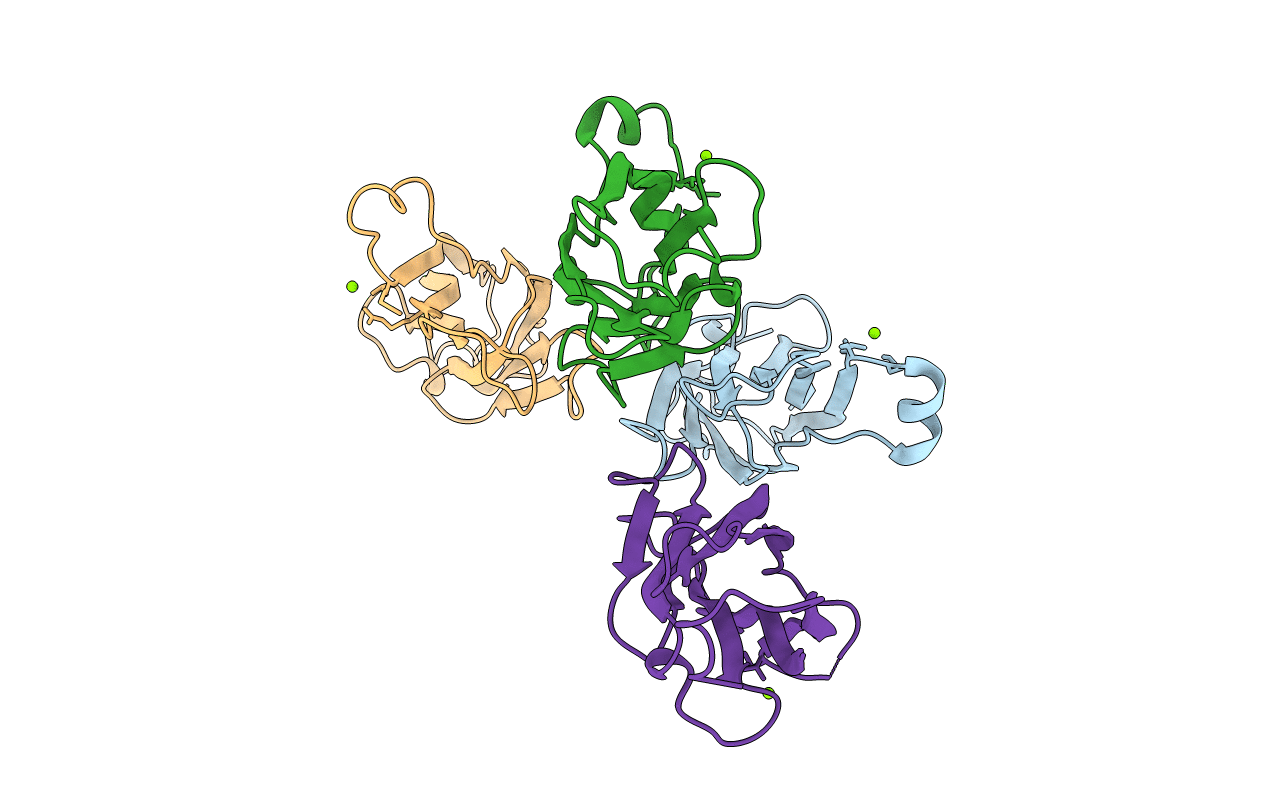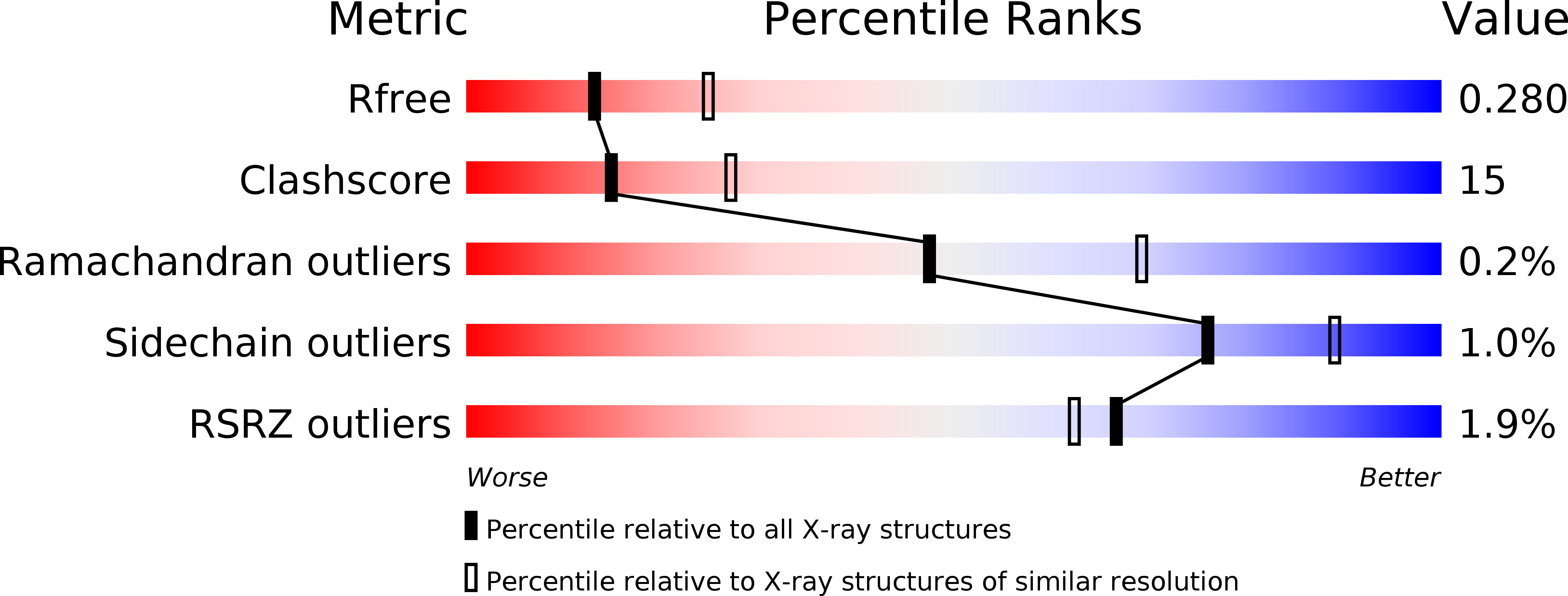
Deposition Date
2017-08-21
Release Date
2018-04-25
Last Version Date
2023-11-22
Method Details:
Experimental Method:
Resolution:
2.61 Å
R-Value Free:
0.27
R-Value Work:
0.23
R-Value Observed:
0.23
Space Group:
P 21 21 21


